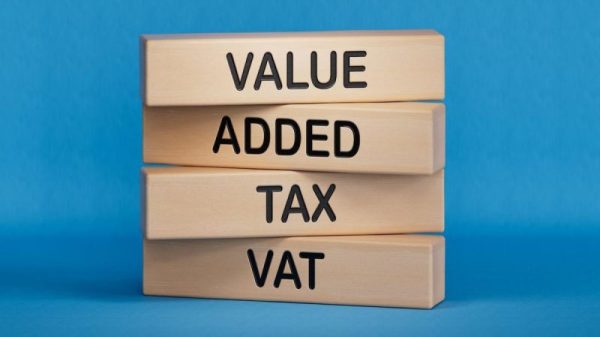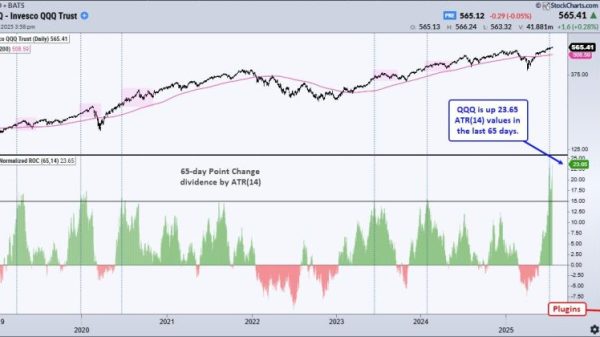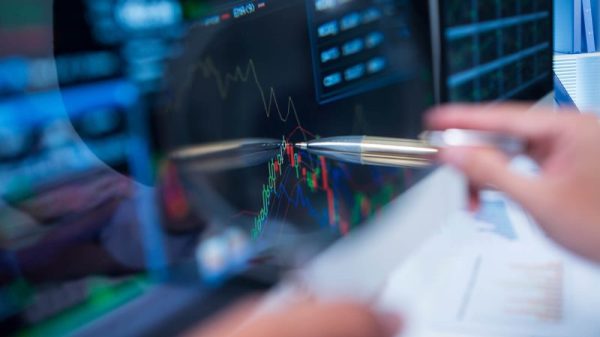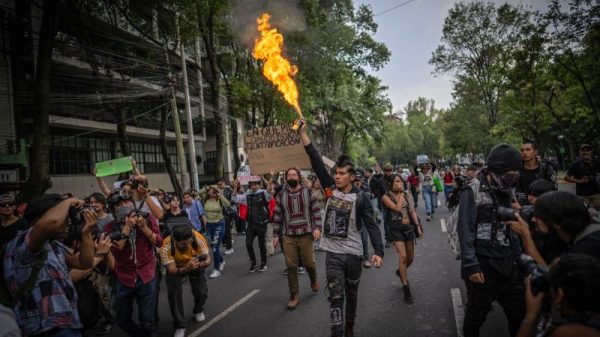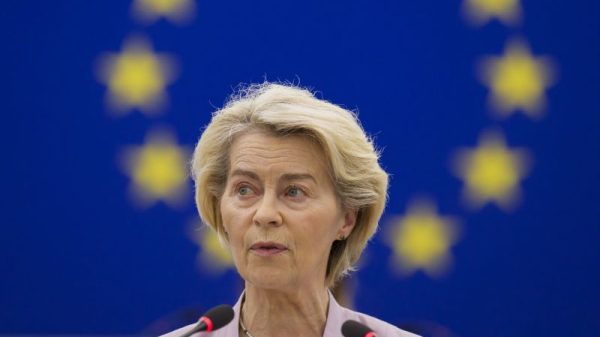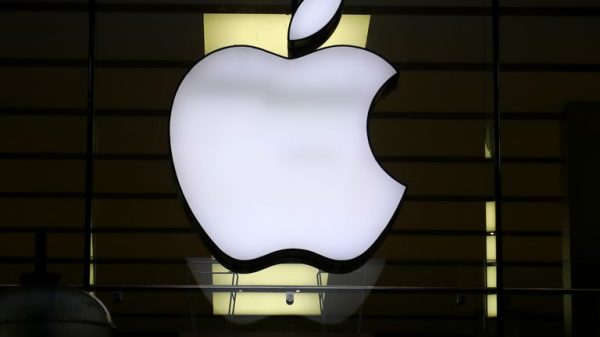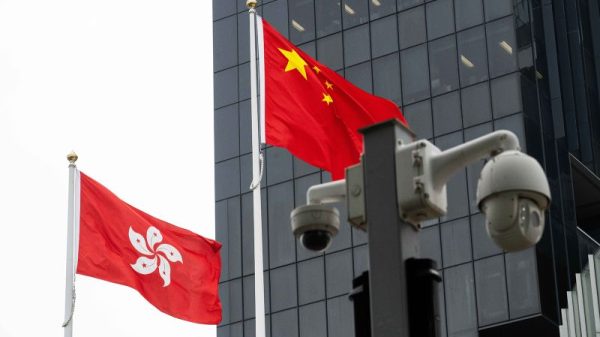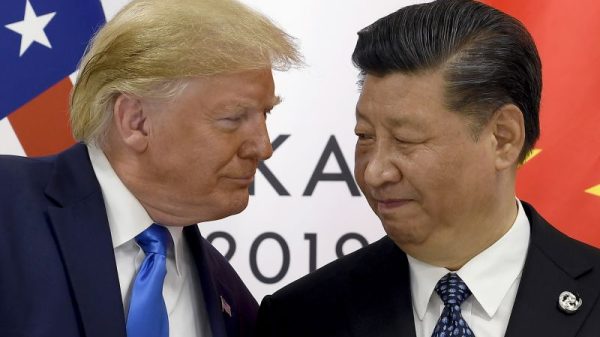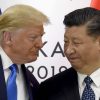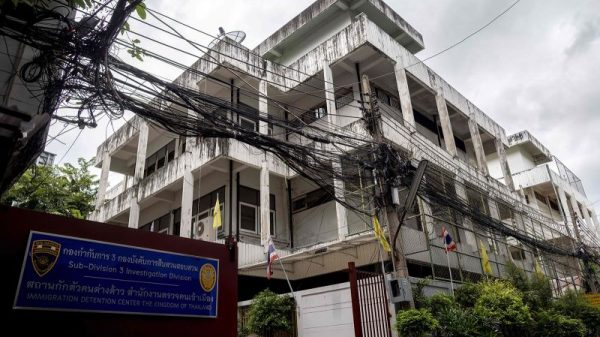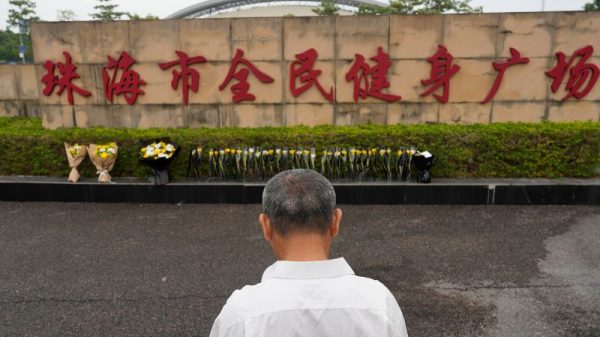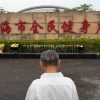

China’s gold industry is entering a period of rapid adjustment after Beijing implemented a major overhaul of value-added tax (VAT) rules on physical gold.
The reform, which took effect on the first of November run through December 31, 2027, ending the long-standing practice of allowing full tax deductions on most gold withdrawn from the Shanghai Gold Exchange (SGE) and the Shanghai Futures Exchange (SHFE).
The Ministry of Finance and the State Taxation Administration announced the shift on the same day broader tax changes for platinum and diamonds came into force. But unlike those adjustments, the new gold rules directly target the structure of VAT throughout the supply chain.
Under the old system, when members withdrew gold from SGE or SHFE vaults to turn it into jewelry or branded bars, the tax authority issued a full 13 percent Special VAT Invoice that could be fully offset against output VAT, keeping the tax burden minimal.
VAT was effectively charged only on the value added beyond the underlying gold price, a feature that helped keep jewelry costs lower even as gold prices climbed.
That framework has now been split into two tracks, depending on whether gold is withdrawn for investment or non-investment purposes. SGE and SHFE members who buy and sell on the exchange continue to enjoy VAT exemption.
Investment products, such as bars produced by commercial banks or gold ETFs trading on the exchanges, remain largely unaffected. But once gold exits the vaults, the treatment diverges sharply.
For investment products, the taxation formula still applies only to value added, preserving the low-cost structure for banks and major investment channels. But the new system bars SGE members from issuing special VAT invoices to the clients they supply, meaning downstream buyers cannot claim tax credits on their own sales.
That dynamic will likely push more investors to buy directly from SGE members, whose products can be sold at lower effective prices because they retain the credit advantage at the first tier.
Jewelry sector faces brunt of policy changes
However, the impact on non-investment gold—primarily jewelry—is far more pronounced.
Members withdrawing gold for fabrication can now deduct output VAT by only 6 percent of their costs, rather than 13 percent previously. The SGE will also issue ordinary invoices instead of special ones, removing another layer of tax offset.
Metallurgical and retail analysts calculate that this adjustment will raise jewelr manufacturers’ tax burden enough to lift final consumer prices by roughly 4 percent in typical scenarios, with some retailers already reporting price hikes since early November.
The policy also wipes away the differential treatment between SGE members and non-members. Independent jewelers, small banks, and franchises of major jewelry brands, who open accounts through SGE members, are now treated the same as entities withdrawing gold for non-investment use.
With their inability to claim the full 13 percent tax credit, non-member participants have already raised bar prices by around 13 percent, according to industry feedback as noted by the World Gold Council (WGC)
Amid the reform, Chinese consumer behavior is already shifting. According to data compiled by Metals Focus, retail buyers have moved decisively toward gold bars as they become more sensitive to jewelry mark-ups and increasingly aware of the narrower buy–sell spreads available on investment products.
The research firm estimates that retail investment jumped 20 percent to 336 tonnes in 2024, the highest level since 2013, while jewelry consumption dropped 24 percent, falling to its weakest level since the first year of the pandemic.
That divergence has only widened this year: in the first nine months of 2025, jewelry consumption declined 25 percent year-on-year, even as retail investment climbed 24 percent over the same period.
The country’s core jewelry manufacturing and wholesale hub has remained weak since the National Day Holiday. November is normally an off-season for jewelry buying, but wholesalers say the new VAT regime has already cooled restocking activity.
Instead, manufacturers and retailers have begun shifting product development toward high-value “by piece” items that are less sensitive to gold price swings, while promotional campaigns encouraging consumers to trade in old jewelry for new pieces—transactions exempt from the new tax—are expected to grow.
Financial sector adjusts
The rule change has also spilled into banking products. Reuters reported that China Construction Bank stopped accepting new applications for one of its gold purchasing accounts on the first business day after the tax shift, offering no explanation. Industrial and Commercial Bank of China briefly introduced similar restrictions before reversing them hours later.
While the tax rules do not directly target banks’ paper gold programs, the reform revealed uncertainty among financial institutions as they evaluate how the revised incentives may alter client behavior.
Despite the disruptive effects on jewelry, investment demand is positioned to strengthen heading into 2026. The WGC noted that bar and coin buyers face no additional tax burden so long as they purchase directly from SGE members.
Expectations of further price appreciation, China’s continued economic uncertainty, and the People’s Bank of China’s steady gold acquisitions all reinforce investment interest. Recently, gold also regained the US$4,200 level on expectations of a US rate cut in December and rising concerns about US debt levels.
While analysts call it the most significant gold-market tax change since 2019, most predict that its full effects will only become clear next year as the peak buying season tests whether shifting consumer preferences deepen.
Securities Disclosure: I, Giann Liguid, hold no direct investment interest in any company mentioned in this article.




